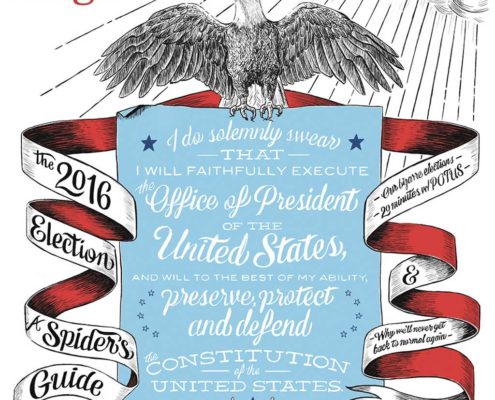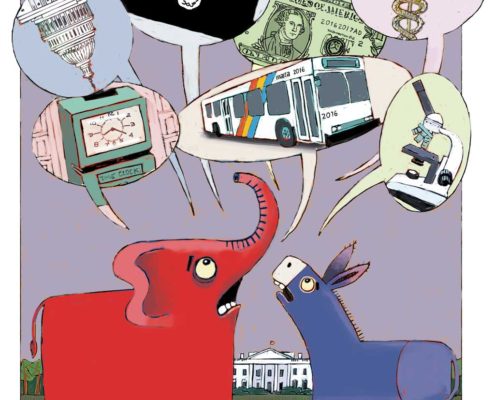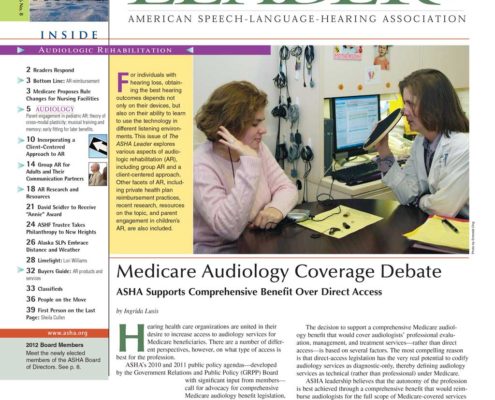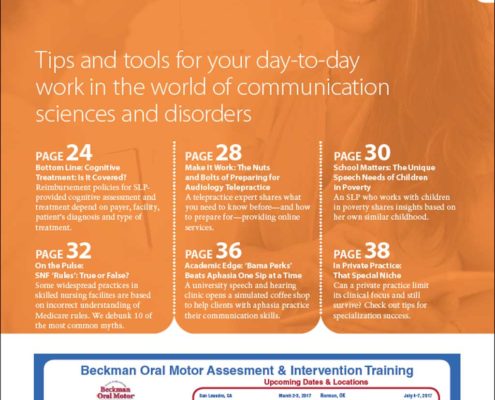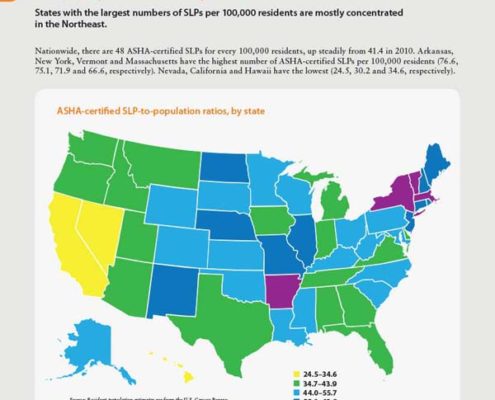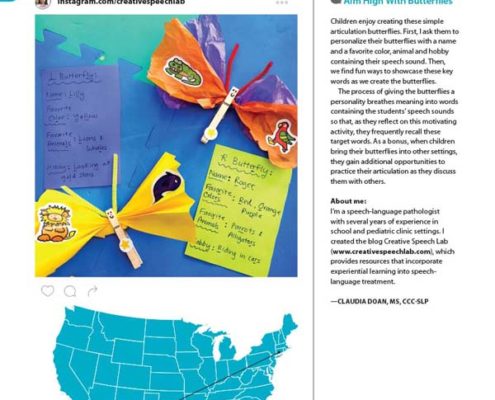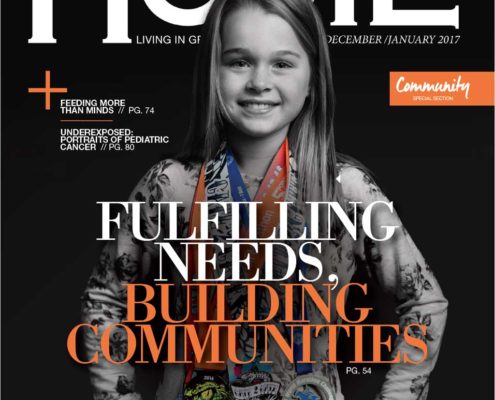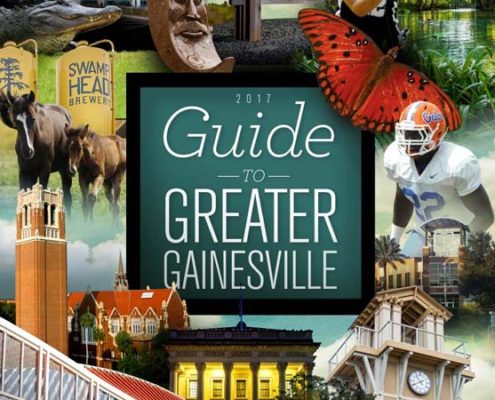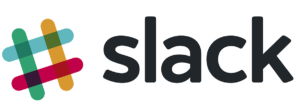Surfing the Current
How do you speak to events weeks after the headlines break?
By Matthew Dewald
Lets’s face it. There’s a problem with this article. I’m composing these words in the middle of February. President Trump’s administration is three weeks old, public protests are happening all over the place, and Beyoncé just announced she’s having twins — twins!
Remember all of that? That’s my world today, but it’s not yours anymore. You’ve moved on.
That’s where the problem comes in. Between my writing and your reading falls a chasm. This magazine, like the alumni magazine I edit, has production timelines measured in months. You’re reading this in midspring, maybe later. Perhaps our politics have become less volatile in the months that have passed. Perhaps you’re looking back on my now as the good ol’ days. I have no clue.
This gap in time makes it difficult for me to write an article for you about current issues.
What Does the Crowd Say?
One association publisher uses crowdsourcing to give members a voice in its redesign
By Bridget Murray Law
When I joined the American Speech-Language-Hearing Association (ASHA) in 2011 as the managing editor of the association’s flagship publication, the time was ripe for change.
The ASHA Leader was a 48-page tabloid published every three weeks. The editorial tone was scholarly, with features written in the dry style of an academic journal (research citations and all) — an approach we suspected was off-putting to busy members seeking an accessible read. And the rest of the publication emphasized straight news — though with a three-week publishing cycle, the news was no longer news when The Leader dropped. The publication was simply missing the mark.
The association leadership recognized this and was ready to change the title’s voice and appearance to better engage our readers — over 190,000 audiologists and speech-language pathologists. Management assembled a team to execute this task, and it included me, our director of publications, our assistant managing editor, the Washington, D.C. design firm Bussolati, and the balance of The Leader staff.
Our team caught onto something early in the project that proved critical to our success: Our opinions weren’t the ones that mattered.
Connected
Becoming part of the community — that’s how this regional publisher survives and flourishes in a crowded space
By Scott Costello
A peer of mine, Santa Fe College President Jackson Sasser, once said of my company, “You’re driving the boat, and everyone in the rearview mirror is getting farther and farther away.” This is high praise in North Central Florida, where there are 17 magazines for an area with under 200,000 residents.
My company is Advantage Publishing, Inc. (API), a multi-media regional publishing agency. We publish three titles focused on living, working, and playing in the greater Gainesville area — HOME: Living in Greater Gainesville, Business in Greater Gainesville, and Guide to Greater Gainesville. But that doesn’t really describe us.
If you asked me who or what API really is, here’s what I’d tell you: We are a steward of our community. We exist to help educate, motivate, and engage our community, our readers, in any way we can.
Spring 2017 Departments
Do You Qualify for Periodicals Class?

By Jason Kiefer
The U.S. Postal Service, for all its idiosyncrasy and red tape, does one thing reliably: It rewards predictable volume. The Periodicals Class rate structure is a good example. Publishers who produce and mail a repeat, editorial-based publication to an established list of known readers are rewarded with postal discounts and preferential delivery treatment not given to sporadic or advertising-based publications.
The savings can be substantial. If you’re currently mailing at for-profit Marketing Mail rates, you could save anywhere from 15 to 35 percent in postage by converting to Periodicals status. Delivery can be up to five days faster.
The catch? In exchange for these perks, the USPS requires a detailed, onerous (and not inexpensive) application process and, once approved, ongoing adherence to complex requirements around circulation data, advertising limits, and record keeping.
For many publishers, the benefits outweigh the challenges. Here’s how to find out if this includes you — and, if so, how to proceed.



